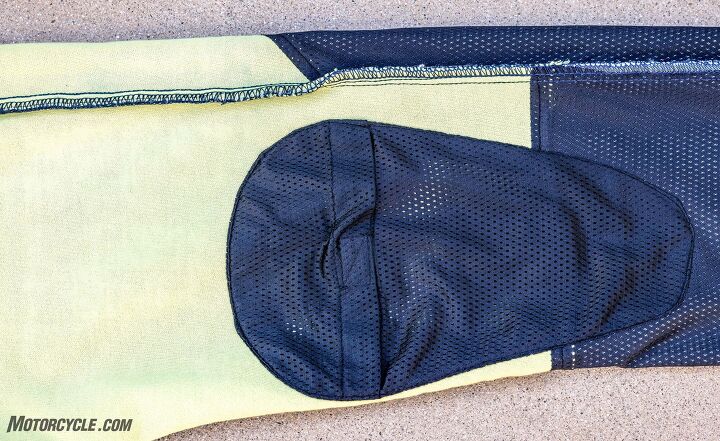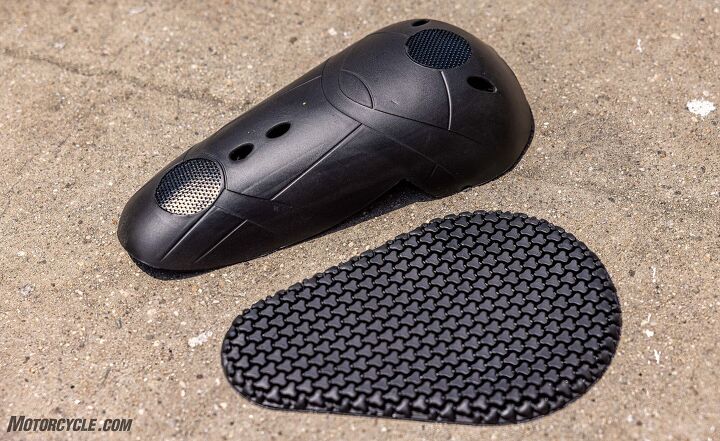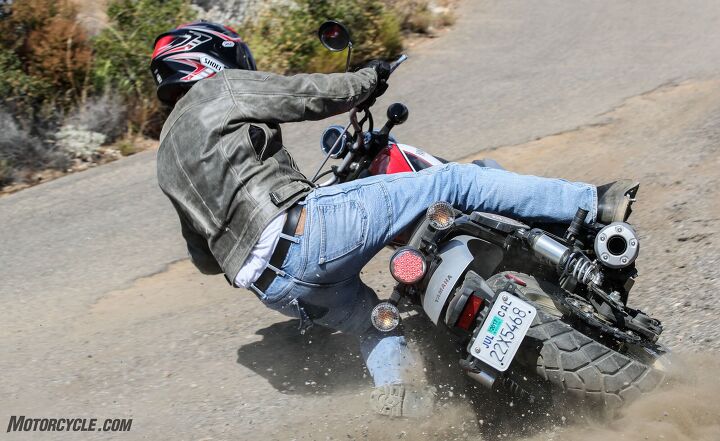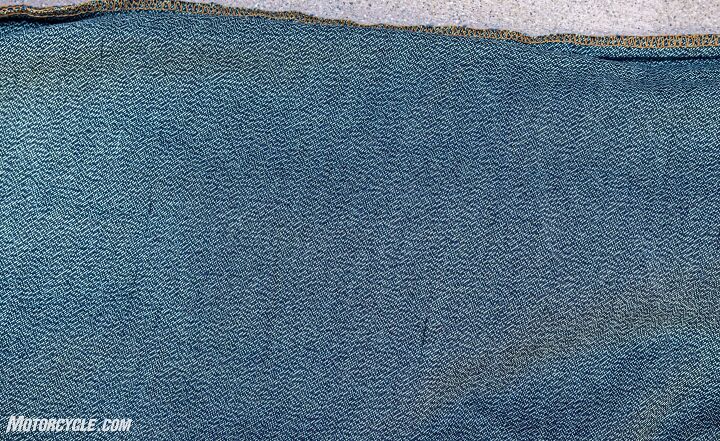Motorsports Racing News & Blog Articles
MO Tested: Massive Riding Jeans Buyer’s Guide
For generations, the image of bikers in black leather jackets and blue jeans has been a (somewhat accurate) stereotype of motorcycle fashion. Riders and non-riders alike donned this gear to portray this lone individualist image. In fact, the riding gear I wore during my first, formative motorcycle trip as a newly-minted rider was a black leather jacket and blue jeans. And for a long time, this plus boots, gloves, and a helmet were state-of-the-art for rider protection. However, technology has transformed motorcycling in more ways than just adding computers to bikes. Over the past five years or so, we’ve seen an entirely new market of riding apparel move from obscure to relatively commonplace. Riding jeans have moved from merely being denim jeans with a layer of abrasive-resistant material as an under layer to fully technical motorcycle gear with certified armor and a variety of styles and materials.
Naturally, we, here at Motorcycle.com, thought that it would be interesting to take a deeper look at what this popular class of riding apparel has to offer. In the end, we ended up testing 34 pairs of riding jeans. We spent months gathering them and coming up with a uniform way to look at them and convey their qualities, both good and not-so-good, to our faithful readers. You can go ahead and protest our failure to include your favorite model, but we know we didn’t get them all. It would have been impossible. Really, just getting 34 took a lot of effort.

Riding jeans, like these Scorpion jeans, started with internal Kevlar liners, and then moved to pockets for armor.
What Makes a Riding Jean?
At the most basic level, you start with denim or a denim-like fabric, but even that isn’t straightforward since denim comes in varying weights. Next, the manufacturer either adds an abrasion-resistant fiber to the denim weave and/or adds a completely separate layer of tough fabric, like Kevlar or Dyneema, inside the jeans on the abrasion-prone areas around the knees and the seat of the pants. That was how riding jeans started. From there, thanks to the development of armor that is thinner, more flexible, and less bulky, the manufacturers started adding more protection, and our knees will be forever grateful.

Scorpion offers two kinds of SAS-TEC armor: the thicker, knee armor (top) and the more flexible hip armor (bottom).
Still, we need to address the elephant in the room: Riding jeans, despite all their advancements, don’t offer the crash protection of heavier, bulkier riding pants. It’s simply not possible. For example, since riding jeans are typically looser fitting than leather pants, the armor is more likely to shift in the slide after the initial impact. While you could look at riding jeans as a compromise of form over function, we think that the better way is to consider them a way to protect ourselves better while we still wear more work- or socially-acceptable pants during our daily lives. Yes, more protection is usually better, but not everyone wants to spend their time off their bikes looking like an astronaut or a racetrack refugee.
The Testing Regimen
Given that we had to compare 34 sets of riding jeans, we wanted to condense the information provided by this article as much as possible. Also, since we had four editors reviewing the gear, we needed a way for us to remain as consistent as possible. So, we outlined the following details about each jean before making a mini-review: price, construction and key features, available sizes, size requested (based on manufacturer’s measurement instructions found on its website), sizing accuracy, whether or not armor is included, armor type, available colors, and wash/care instructions. Then we were to write a 3-5 sentence review of the jeans based on our riding experience with them. You will see we weren’t always capable of keeping the reviews that short.

We didn’t go this far in testing the jeans, but it is a good example of why you should wear riding jeans.
As a collection of humans of the male variety, the MO staff has a variety of body shapes. However, we needed to have a female view here, given the ever-increasing number of female riders. So, we brought in our friend Caitlin Maher in to represent for the ladies out there on two wheels.
Table of Contents
Alpinestars Barton Alpinestars Compass Pro Alpinestars Copper Pro Alpinestars Diesel AS-DSL Daiji Alpinestars Stella Courtney Alpinestars Stella Angeles Denim Jeans Atwyld Backroads Moto Jeans Bull-It Covert Evo Slim Jeans Bull-It Mens Onyx Black Slim Dainese Denim Slim Tex Pants Knox Men’s Shield Spectra Jeans Pando Moto Boss DYN 01 Pando Moto Karl Devil 9 Pando Moto Karldo Kev 01 Pando Moto KUSARI KEV 02 REAX 215 REAX 267 REAX 610 REV’IT! Lombard 3 REV’IT! Moto 2 REV’IT! Victoria 2 Slim Fit Ladies Rokkertech Straight Rokkertech Tapered Slim SA1NT Unbreakable Straight Scorpion EXO Covert Scorpion EXO Covert Pro Scorpion EXO Covert Ultra Spidi Furious Pro Spidi J-Tracker Spidi J&Dyneema Eco/3D Slim Stellar Moto Brand Comet Commuter Jeans Stellar Moto Brand Utopia Utility Pants Trilobite Micas Urban Slim Trilobite ParadoWe are committed to finding, researching, and recommending the best products. We earn commissions from purchases you make using the retail links in our product reviews. Learn more about how this works.
Become a Motorcycle.com insider. Get the latest motorcycle news first by subscribing to our newsletter here.
The post MO Tested: Massive Riding Jeans Buyer’s Guide appeared first on Motorcycle.com.
Copyright
© Motorcycle.com


